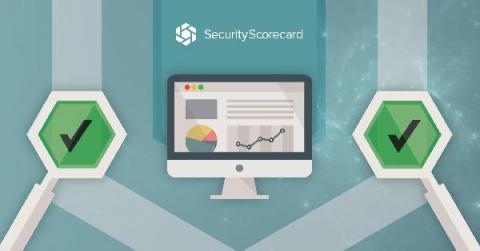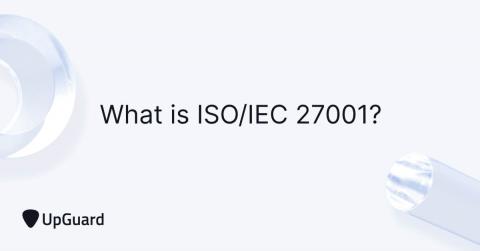What You Need to Know About NERC CIP Compliance
Utility companies are increasingly being targeted by cybercriminals. Although the highest profile utility cyber attack in recent memory was the May 7 ransomware attack on Colonial Pipeline that caused gas shortages on the East Coast, power companies of all kinds are popular with criminals for a reason: they can’t afford a shutdown and they have the money to pay a ransom.










